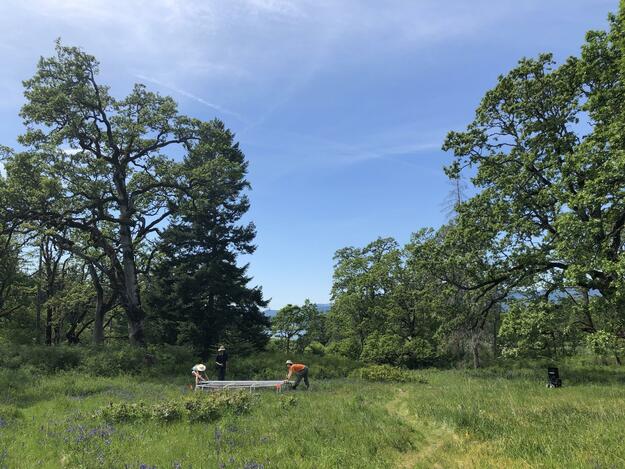Themes
Functional traits
We study the unique adaptations that plant species have evolved to survive and grow under contrasting environmental conditions. In doing so, we discover fundamental axes of functional variation among species. This helps us to understand how plants function in their environment. We are particularly interested in the fine root and foliar traits that enable plants to acquire and use nutrients efficiently under varying soil fertility. This is important because soils are a major driver of plant species distributions.
Communities
We study the drivers of plant community composition and diversity across environmental gradients, particularly those involving soil resources. Why are certain plant species more abundant than others? Why do nutrient-poor soils often support more plant species than fertile soils? Our focus on functional traits, particularly the fine root and foliar traits that are related to resource acquisition and use, helps us to understand plant community patterns across environmental gradients. Our research in plant community ecology has many applications for conservation, because uniqueness in plant species composition and species richness are two key criteria used to determine the ecological value of ecosystems.
Spectranomics
The rapid rate and broad extent over which changes in plant biodiversity are occurring far exceed our capacity to monitor them using field-based sampling alone. Imaging spectroscopy is emerging as the most promising approach for remotely sensing plant biodiversity because plant species show unique foliar spectral signatures that represent their adaptations to different environmental conditions. These spectral signatures are strongly driven by differences in foliar functional traits (chemistry, structure) among plant species. We study foliar spectral signatures of plant species under contrasting environments. Understanding the biological and ecological drivers of foliar spectral variation among species allows us to translate imaging spectroscopy data into biologically meaningful information about plant species and their leaf traits. Our spectranomics research is closely linked to our Canadian Airborne Biodiversity Observatory (CABO) project.
Biodiversity mapping
We are developing new approaches to remotely sense plant spectral, functional, and taxonomic biodiversity, using high-resolution imagery from manned or unmanned (drones) aircrafts. For example, we proposed a way to partition plant spectral diversity into its alpha (within-community) and beta (among-community) components, which can act as a “biodiversity discovery tool” even in the absence of field data. We are interested in new computer vision methods fuelled by deep learning for plant species and trait mapping using drone imagery. High-resolution plant biodiversity mapping will transform ecology in the near future, allowing us to transpose our research to the broad spatial scales at which conservation management and decisions take place.





